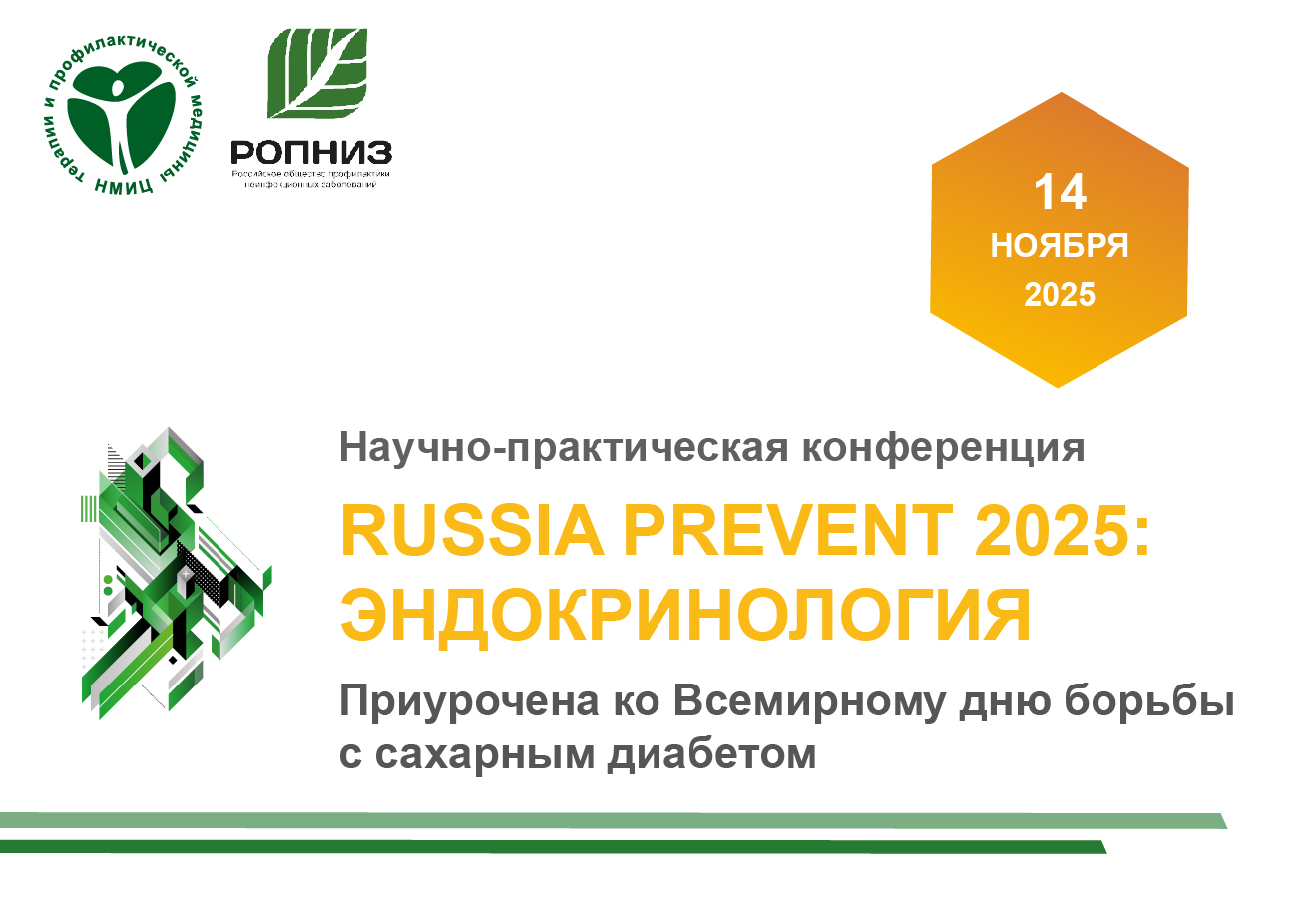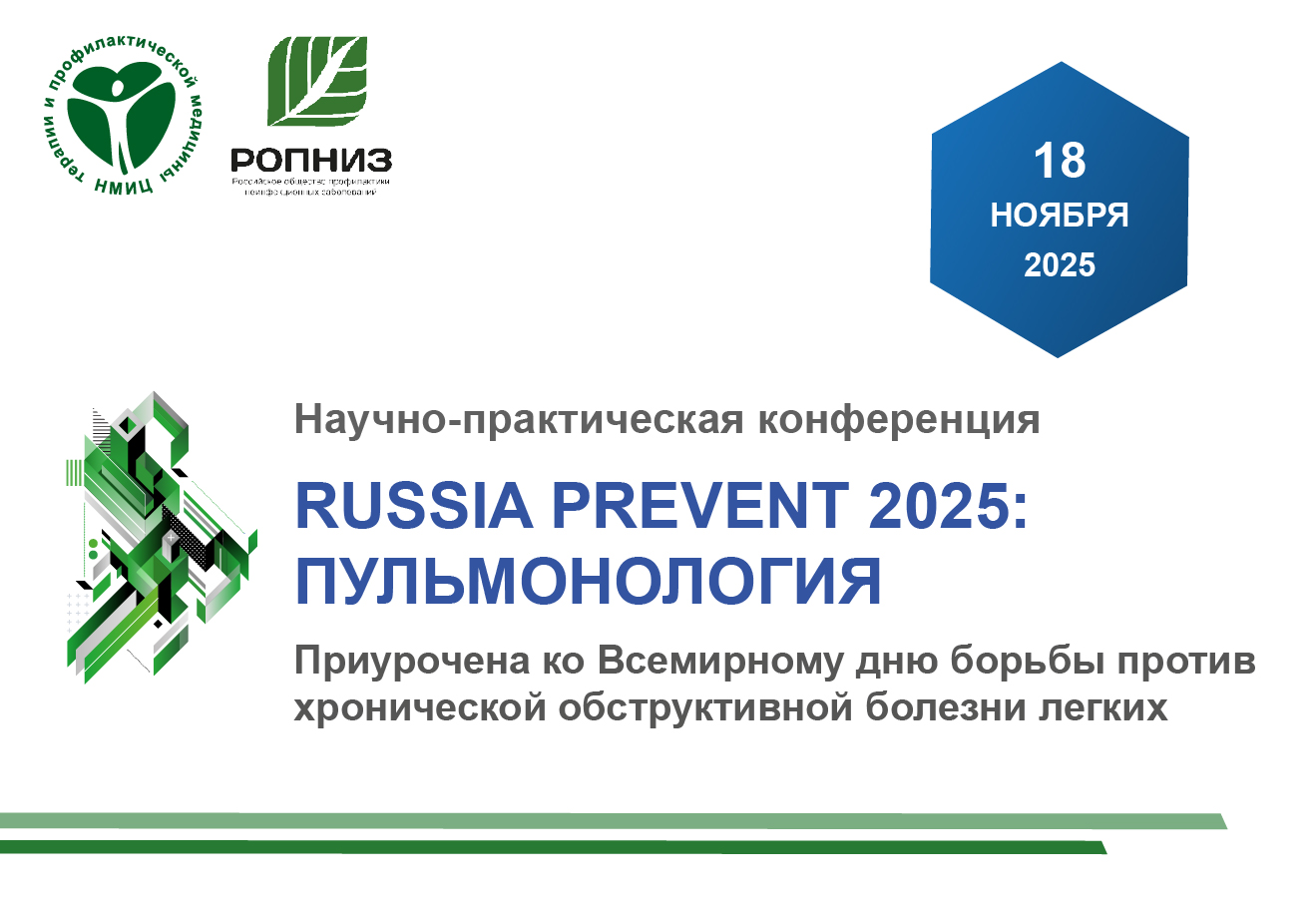Long-term survival of patients with various types of cerebrovascular accident: data from the outpatient part of the REGION-M registry
https://doi.org/10.15829/1728-8800-2022-3447
Abstract
Aim. To study the two-year survival rate of patients with various types of cerebrovascular accident according to the outpatient part of the REGION-M registry.
Material and methods. The outpatient part of the REGION-M registry included 684 patients assigned to the City Polyclinic № 64, discharged from the F. I. Inozemtsev City Clinical Hospital (Moscow) in the period from January 1, 2012 to April 30, 2017 with a confirmed diagnosis of stroke or transient ischemic attack (TIA). Of these, 514 (75,1%) patients had an ischemic stroke, 52 (7,6%) — a hemorrhagic stroke, and 118 (17,2%) — a TIA.
Results. The lowest two-year mortality (11%) was observed in patients who underwent TIA (p<0,001) compared with ischemic and hemorrhagic stroke. The relative risk of death for ischemic stroke was 2,0 (95% confidence interval (CI): 1,13-3,55) (p<0,05), and for hemorrhagic stroke — 2,51 (95% CI: 1, 22-5,15) (p<0,05) relative to patients with TIA. Mortality in patients with ischemic or hemorrhagic stroke did not differ significantly — 32,3 and 36,6% (p>0,05). The mean age of patients who underwent TIA was significantly less than the age of patients with hemorrhagic or ischemic stroke. With increasing age, the survival of patients significantly worsened in all types of strokes. In addition, multivariate analysis adjusted for age showed remained significant effect of the stroke type on survival as follows: the relative risk of death for ischemic and hemorrhagic stroke was 1,99 (95% CI: 1,12-3,53) (p<0,05) and 2,45 (95% CI: 1,19-5,02) (p<0,05).
Conclusion. Mortality in patients with stroke was significantly lower after TIA than in any type of stroke and did not differ between subgroups of patients with ischemic and hemorrhagic stroke.
Keywords
About the Authors
S. N. TolpyginaRussian Federation
Moscow
A. V. Zagrebelny
Russian Federation
Moscow
M. I. Chernysheva
Russian Federation
Moscow
V. P. Voronina
Russian Federation
Moscow
N. P. Kutishenko
Russian Federation
Moscow
N. A. Dmitrieva
Russian Federation
Moscow
O. V. Lerman
Russian Federation
Moscow
Yu. V. Lukina
Russian Federation
Moscow
S. V. Blagodatskikh
Russian Federation
Moscow
M. M. Lukyanov
Russian Federation
Moscow
E. Yu. Okshina
Russian Federation
Moscow
N. E. Parsadanyan
Russian Federation
Moscow
S. Yu. Martsevich
Russian Federation
Moscow
O. M. Drapkina
Russian Federation
Moscow
References
1. Drapkina OM, Kontsevaya AV, Kalinina AM, et al. 2022 Prevention of chronic non-communicable diseases in the Russian Federation. National guidelines. Cardiovascular Therapy and Prevention. 2022;21(4):3235. (In Russ.) doi:10.15829/1728-88002022-3235.
2. Benjamin EJ, Blaha MJ, Chiuve SE, et al. Heart Disease and Stroke Statistics 2017 Update: A Report From the American Heart Association. Circulation. 2017;135(10):e146-603. doi:10.1161/CIR.0000000000000485.
3. Kleindorfer DO, Towfighi A, Chaturvedi S, et al. 2021 Guideline for the Prevention of Stroke in Patients with Stroke and Transient Ischemic Attack: A Guideline From the American Heart Association/American Stroke Association. Stroke. 2021;52(7):e364-e467. doi:10.1161/STR.0000000000000375.
4. Martsevich SYu, Kutishenko NP, Suvorov AYu, et al, on behalf of the working group study LIS-2. The study of anamnestic factors and their role in estimation of short-term (in-hospital) prognosis in patient underwent brain stroke or transient ischemic attack, by the data LIS-2 registry. Russian Journal of Cardiology. 2015;(6):14-9. (In Russ.) doi:10.15829/1560-4071-2015-6-14-19.
5. Boytsov SA, Martsevich SYu, Ginzburg ML, et al. Lyubertsy study on mortality rate in patients after cerebral stroke or transient ischemic attack (LIS-2). Design and medical treatment estimation. Rational Pharmacotherapy in Cardiology. 2013;9(2):114-22. (In Russ.) doi:10.20996/1819-6446-2013-9-2-114-122.
6. Demographic results of the first half of 2018 in Russia. Part II. Demoskop Weekly 2018;781-2. (In Russ.) http://www.demoscope.ru/weekly/2018/0781/barom03.php.
7. Romain G, Mariet АS, Jooste VG, et al. Long-Term Relative Survival after Stroke: The Dijon Stroke Registry. Neuroepidemiology. 2020;54:498-505. doi:10.1159/000505160.
8. Benjamin EJ, Muntner P, Alonso A, et al. Heart Disease and Stroke Statistics–2019 Update: A Report from the American Heart Association. Circulation. 2019;139(10):e56-e528. doi:10.1161/CIR.0000000000000659.
9. Boytsov SA, Martsevich SYu, Kutishenko NP, et al. The study "Register of Patients after Acute Stroke (REGION)". Part 1. Hospital Prospective Register of Patients after Acute Stroke (According to the Results of the Pilot Phase of the Study). Rational Pharmacotherapy in Cardiology. 2016;12(6):645-53. (In Russ.) doi:10.20996/1819-6446-2016-12-6-645-65.
10. Martsevich SY, Kutishenko NP, Lukyanov MM, et al. The study Hospital register of patients with acute cerebrovascular accident (REGION): characteristics of patient and outcomes of hospital treatment. Cardiovascular Therapy and Prevention. 2018;17(6):32-8. (In Russ.) doi:10.15829/1728-88002018-6-32-38.
11. Martsevich SYu, Tolpygina SN, Chernysheva MI, et al. Adherence to attendance at outpatient clinic and longterm survival of patients after stroke in outpatient setting: the data of REGIOM-M registry. Rational Pharmacotherapy in Cardiology. 2021;3(17):386-93. (In Russ.) doi:10.20996/1819-6446-2021-06-04.
12. Arauz A, Marquez-Romero JM, Barboza MA, et al. MexicanNational Institute of Neurology and Neurosurgery-Stroke Registry: Results of a 25-Year Hospital-Based Study. Front Neurol.2018;9:1-8. doi:10.3389/fneur.2018.00207.
Supplementary files
Review
For citations:
Tolpygina S.N., Zagrebelny A.V., Chernysheva M.I., Voronina V.P., Kutishenko N.P., Dmitrieva N.A., Lerman O.V., Lukina Yu.V., Blagodatskikh S.V., Lukyanov M.M., Okshina E.Yu., Parsadanyan N.E., Martsevich S.Yu., Drapkina O.M. Long-term survival of patients with various types of cerebrovascular accident: data from the outpatient part of the REGION-M registry. Cardiovascular Therapy and Prevention. 2022;21(12):3447. (In Russ.) https://doi.org/10.15829/1728-8800-2022-3447

























































